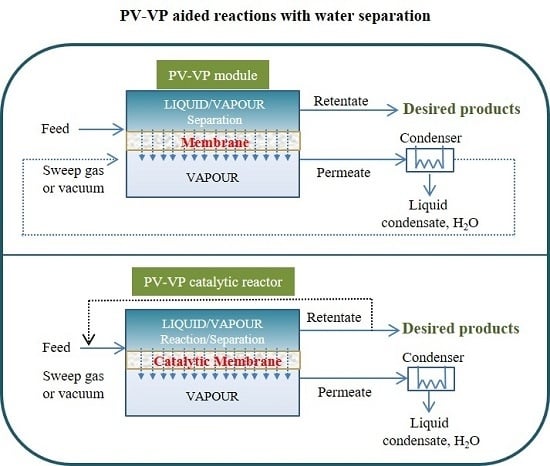Potential of Pervaporation and Vapor Separation with Water Selective Membranes for an Optimized Production of Biofuels—A Review
Abstract
Share and Cite
Cannilla, C.; Bonura, G.; Frusteri, F. Potential of Pervaporation and Vapor Separation with Water Selective Membranes for an Optimized Production of Biofuels—A Review. Catalysts 2017, 7, 187. https://doi.org/10.3390/catal7060187
Cannilla C, Bonura G, Frusteri F. Potential of Pervaporation and Vapor Separation with Water Selective Membranes for an Optimized Production of Biofuels—A Review. Catalysts. 2017; 7(6):187. https://doi.org/10.3390/catal7060187
Chicago/Turabian StyleCannilla, Catia, Giuseppe Bonura, and Francesco Frusteri. 2017. "Potential of Pervaporation and Vapor Separation with Water Selective Membranes for an Optimized Production of Biofuels—A Review" Catalysts 7, no. 6: 187. https://doi.org/10.3390/catal7060187
APA StyleCannilla, C., Bonura, G., & Frusteri, F. (2017). Potential of Pervaporation and Vapor Separation with Water Selective Membranes for an Optimized Production of Biofuels—A Review. Catalysts, 7(6), 187. https://doi.org/10.3390/catal7060187








